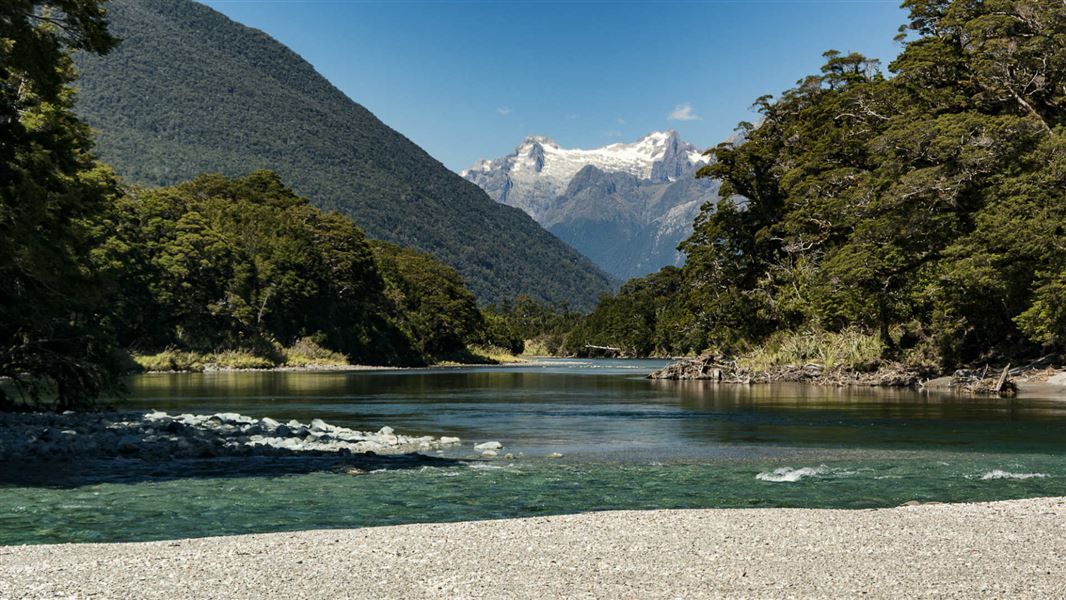
Located in Fiordland National Park and Hollyford Valley area in the Fiordland region
Introduction
This challenging tramping route from Hollyford Road to the West Coast offers an adventure for experienced and well equipped trampers. Combine with the Hollyford Track for a 10 day round trip.Stay safe in the outdoors
- Choose the right trip for you. Learn about the route and make sure you have the skills for it.
- Understand the weather. Check weather forecasts.
- Pack warm clothes and extra food. Check gear lists.
- Share your plans and take ways to get help. Share directly or use the Outdoor Intentions form or Plan My Walk. Take a distress beacon.
- Take care of yourself and each other.